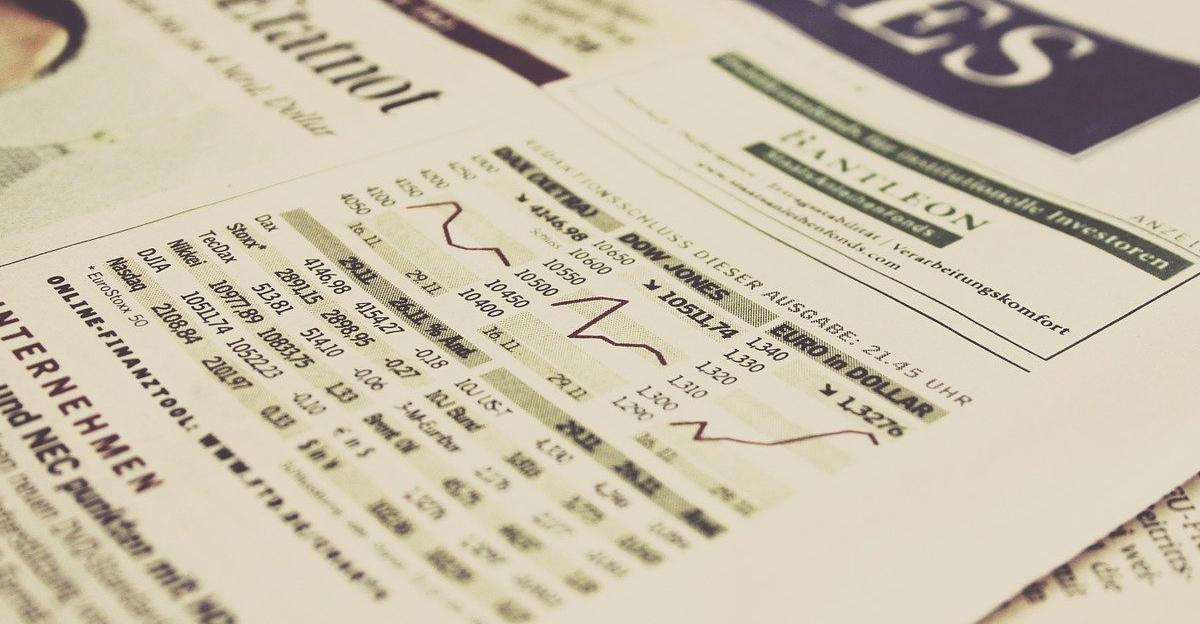What Are Dow Jones Companies and What Is Their Weight?
The Dow Jones components have changed 60 times since its formation. See what our analysts say about Dow Jones companies and their weight in the index.
Aug. 14 2020, Updated 11:31 a.m. ET

The Dow Jones Index is among the oldest stock indexes globally. The index was first published in May 1896. The Dow Jones became a 30-stock index in 1928. The index is a price-weighted index, which means a security’s price determines its weight in the index. Overall, the Dow Jones components have changed 60 times since its formation. The first change was within three months of inception, while the most recent change was in April 2020.
Which companies are on the Dow Jones list?
Apple is the largest constituent of the Dow Jones. Apple forms 11.3 percent of the index. United Health Group is a distant second with a 7.9 percent weight followed by Home Depot with a 6.9 percent weight. Microsoft, Goldman Sachs, McDonald’s, and Visa each form 5.1 percent of the Dow Jones Index.
Boeing is the eighth biggest constituent of the Dow Jones Index with a 4.3 percent weight. Last year, Boeing was the biggest company in the Dow Jones Index. However, Boeing stock has been on a free fall. The stock fell sharply last year due to concerns about its 737 programs. So far in 2020, Boeing stock has fallen. Airlines have tightened their capital expenditure budget due to the coronavirus pandemic.
Dow Jones companies’ weight
3M, Johnson & Johnson, Caterpillar, Procter & Gamble, Walmart, Disney, and IBM form 4.1 percent, 3.6 percent, 3.5 percent, 3.3 percent, 3.2 percent, 3.2 percent, and 3.1 percent of the Dow Jones Index, respectively. They are the top 15 constituents of the Dow Jones Index. Together, they have almost 75 percent weight in the Index. The bottom 15 constituents make up the remaining 25 percent. No individual stock in the set has a weight of more than 3 percent.
Travelers, Nike, J.P. Morgan, American Express, and Chevron are the 15th–20th largest companies in the Dow Jones Index. They account for 2.9 percent, 2.6 percent, 2.5 percent, 2.5 percent, and 2.2 percent of the index, respectively. Merck, Raytheon Technologies, Verizon Communications, Intel, and Coca-Cola form 2 percent, 1.6 percent, 1.4 percent, 1.2 percent, and 1.2 percent of the Dow Jones Index, respectively.
Dow Jones companies’ stock prices
Dow, ExxonMobil, Cisco Systems, Walgreens Boots Alliance, and Pfizer are the bottom five companies in the Dow Jones based on their weight. Each of them forms around 1 percent of the index. Recently, Walgreens Boots Alliance was the most prominent addition to the Dow Jones Index. Walgreens replaced General Electric in June 2018. In April 2020, Raytheon Technologies entered the Dow Jones Index. Raytheon Technologies formed due to the merger of United Technologies and Raytheon Company. Also in April, Dow Chemicals Company replaced DowDuPont after it spun off DuPont.
How does the Dow Jones choose companies?
The Dow Jones Index rebalances its constituents. The Dow Jones said, “Changes to the indices are made on an as-needed basis. There is no annual or semi-annual reconstitution. Rather, changes in response to corporate actions and market developments can be made at any time. Constituent changes are typically announced one to five days before they are scheduled to be implemented.”
On stock selection, the Dow Jones said, “While stock selection is not governed by quantitative rules, a stock typically is added only if the company has an excellent reputation, demonstrates sustained growth and is of interest to a large number of investors. Companies should be incorporated and headquartered in the U.S.” The Dow Jones Index has underperformed the S&P 500 and Nasdaq Index this year. The Nasdaq has soared over 25 percent in 2020 do to strong gains in tech stocks. The Dow Jones is underweight on tech stocks, which has caused it to underperform other indices.

